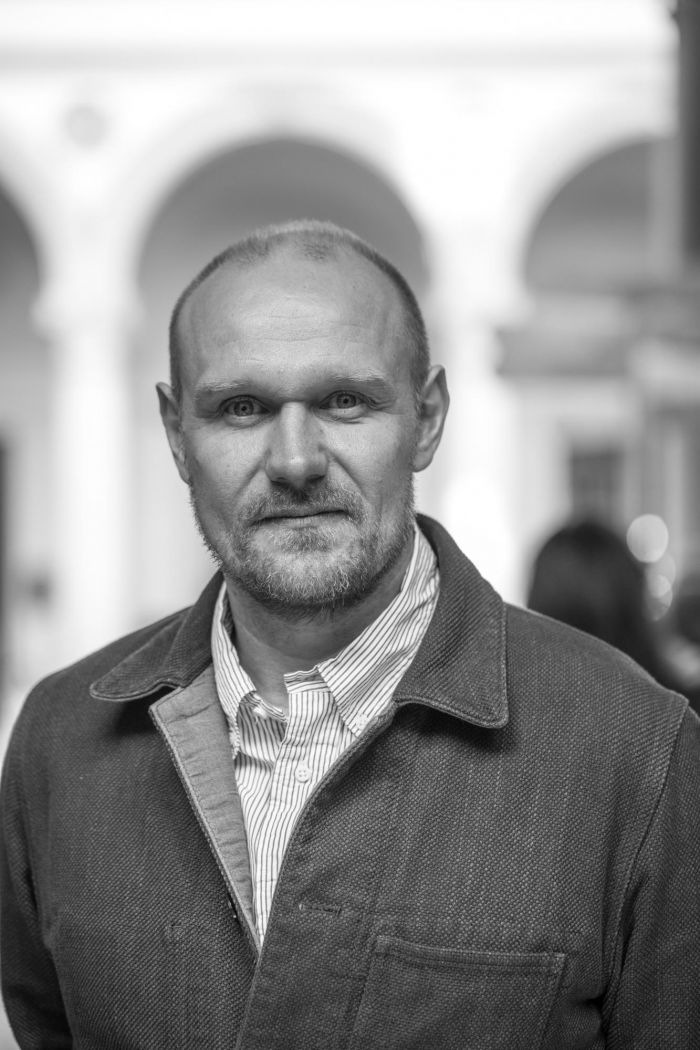typecasting
Industrial design in Denmark really started with Jacobson, but the main focus in Danish design – in the art schools, in magazines – always underlined the craft connection. Of course Danish design is a brand on its own, and in theory that might prove helpful. But in reality, when I started the company some 20 years ago, this image really limited us. And look at it even today: on websites like 1stdibs or in the books and catalogues on Danish vintage or design history, you’ll quickly notice that the traditional perception relates to crafts – wood, natural materials and subdued colours. So we had to communicate like crazy to overcome the typecasting. On the other hand, this helped to invent and formulate a fresh brand identity. Today, Hay is perceived by the general public and consumers less as a typical Danish brand and more as a contemporary international collection of quality furniture for the home and office. We try to amplify that position, not because we have to, but because we want to uphold a broad perspective. We develop mostly through working with interesting, contemporary designers like Stefan Diez and Scholten & Baijings. In my experience the company actually benefits a lot from cooperating with creative people, each and every one adding new ideas, new processes, techniques or cultural insights.








